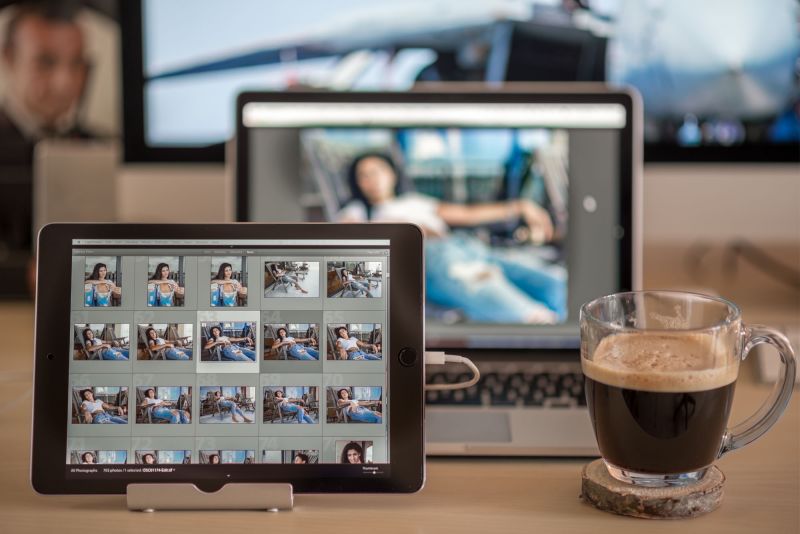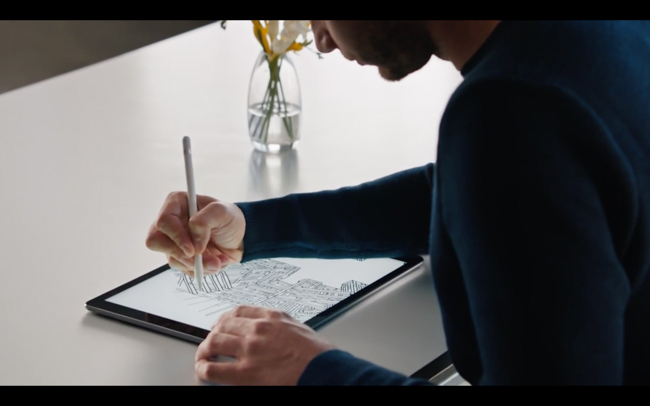
Originally posted in June
For the principal portion of the past century there were few types of cameras you’d own. If you were an enthusiast you’d have an SLR and if you were a working pro you’d have a better SLR. If it was just photos of the kids and family beagle you’d have a little point and shoot – film for which was bought and developed at your local pharmacy. Of course, this is a monumental oversimplification, but such was the spread of the market due to the relative constraints of the analogue camera.
However, that was then and this is now and the world is a wildly different place; digital cameras are progressing at a speed the users and software makers can’t keep up with. We went from the F6 to the A7 in what seems like a breath, and the SLR in both its digital and mechanical varieties is being eclipsed at a ridiculous rate. But the biggest shift, the tectonic drift, has been the proliferation of the smartphone.
Perhaps it was down to convenience, and the realization that most people don’t want to work hard for their photos, but Apple shifted how the world views and consumes photography. It’s truly incredible how, when a good idea comes around, just how rapidly everything moves with little to no transition period. It’s as if one day you had a camera bag, and the next you didn’t, because the camera was in your pocket. Or on the bridge of your nose. Or your wrist.
Oh about a year ago now Mayflower Concepts put out a graph charting the sale of cameras from 1947 to 2014 broken into analogue, DSLRs, compact digital, and mirrorless. What it showed was hardly revelatory to those who were paying attention because the writing was on the wall, but it certainly showed the market in black and white. Camera sales had significant growth up to 2010, at which point, they decided to stop; there’s been double-digit shrinkage annually since.
This decline is not a function of a poor sector – it’s due to smartphones, and Apple iPhones in particular. In that same year, 2014, iPhones were the second most popular camera brand on Flickr.
Apple has dictated the landscape of photography by numbers for years, and not simply because their products have been the most commercially marketable and, well, good, but because they’ve integrated and developed within a media ecosystem – the oxygen of which is ‘imagery’ and the currency is ‘social’. Arguably, however, Apple has taken photography seriously, while pushing serious photography behind.
Not anymore.
It was widely reported near two weeks ago that Apple was introducing raw (RAW) capture to their newest and youngest-born devices: The iPhone 6S and iPad Pro 9inch. But that’s all anyone really said, whereas the whole picture is quite a bit more interesting.
If you went in to watch the painfully geeky developer keynotes-and I did-you got an inside look at what Apple really thinks of photography, and where it’s going with it. And what it showed was that Apple is bringing serious photography into their crosshairs, and deep into their antiseptic and hermetically sealed labs.
Raw is now a big focus for the Apple photo boffins, who, oddly enough, keep telling their developer-base to think of raw in terms of baking. It’s actually quite a good analogy, given that raw data is like ingredients, and having different applications assemble them will yield varying results, as would happen if a recipe was given to different chefs (it’s why your raw files will look different in Capture One than in Lightroom).
Anyway, the iDevices will get raw capture through the rear camera only, but it’s quite developed. You can even bracket in raw, and shoot raw+JPEG together. That’s all well and good but more importantly is what you’ll also get for the first time is real raw storage and display. Previously, your devices could store raw files, but you couldn’t do anything with them. If you selected it, the raw you thought you’d be opening would actually be a disappointing JPEG preview, and that’s like opening a box of chocolates to find a granola bar instead. Now though, they’re opening up raw edits along with raw capture.
Apple has adopted the losslessly compressed DNG (Digital Negative) format which should make many happy, and they’ve even given a lot of thought to color spaces. The new iPad Pro 9.7 has a display that matches the 4 and 5k iMac displays, and it’s clear from the developer’s talks that from now on there will be a big push for wide gamut displays all round. Apple even goes so far as to stress its importance to developers by highlighting that 40% of NFL jersey colors are outside the RGB gamut. Oddly, however, they didn’t go with aRGB or another we’re familiar with, but instead with a newer one called Display P3 – similar to DCI P3, but differs in gamma and white point.
Beyond that, the new Apple Core Image supports over 400 camera models from 16 companies already. Make no mistake, this is huge. Apple has previously made life difficult for those of us who wanted to use varying file types of imagery, music, or whatever, because the support wasn’t there – You get more choice of utility in an Afghan prison. Clearly, that’s changing; Getting into wide color spaces, opening up raw capture, raw display, and raw manipulation means a new world of options for photography application developers. We may very well begin to see Adobe start to make Lightroom and Photoshop mobile truly powerful, and capable of hands-off; Editing on the run, in the air, on-location in a field may soon be without compromise.
Of course it also means, we might, just might be able to finally get proper raw tethering into an iPad. Just the sound of that is like having a string of honey pulled through my ears, and too wonderful for words. But I have a few more…
[REWIND: 30% OFF Creative Live Site-wide, & Free Rental From Borrow Lenses Ending Soon]
Apple, is perhaps the most influential photographic company on the planet. You may scoff at that, but the same way great speaking is not about content alone, but about timing and tone, and the ability to capitalize on moments of audience appreciation, great cameras, the ones that change things, are more than just about executing a technically impeccable image. Today it’s about working within a system, and what we’re seeing here is Apple rounding out their ecosystem so everyone from the novice to the pro can play and work within it. Interesting though, that they shouldn’t have mentioned this in the primary keynote everyone sees. But, I guess, they don’t need nor want to. That’s sort of Apple’s signature dish, isn’t it? Hiding mountains of complication under a thin veneer of simplicity.
Apple has, when they’ve wanted to, truly shifted the geography of our field. The iPhone 4 was a breakthrough device for mobile photography, forever tipping the scale towards mobile. Going from the iPhone 3 to the iPhone 4 happened in what seemed like one fell swoop, but was such a leap it was like Wilbur and Orville landing the Wright Flyer after 120 feet and saying, ‘Right. That was good. Now let’s build a Triple7.’ Given the changes Apple is implementing now and what they are educating their developers on, we could be on the cusp on another great shift, because when Apple focuses on something, the rest of the world tends to as well. Ready?
Sources: Apple, Mirrorless Rumors, Apple Support










Get Connected!